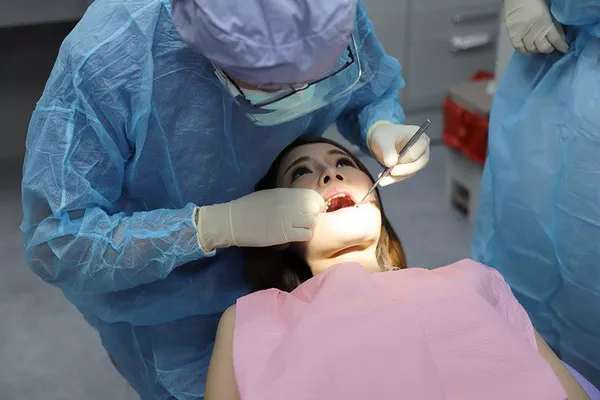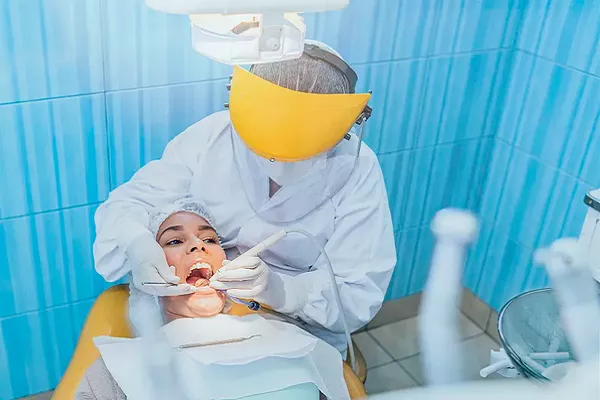Orthodontic treatment, which involves correcting the alignment and positioning of teeth, is a common dental procedure that can benefit people of all ages. However, many people wonder when is the best time to get orthodontic treatment. Should it be done during childhood, adolescence, or adulthood? In this article, we will explore the different factors that influence the best age for orthodontic treatment.
Childhood: The Best Age for Orthodontic Treatment
Childhood is the most common time for orthodontic treatment because it is easier to correct dental problems while the jaw is still growing. The American Association of Orthodontists (AAO) recommends that children should have an orthodontic evaluation by the age of 7. This is the best age for early orthodontic treatment to prevent more complex problems later on.
The following are some advantages of orthodontic treatment during childhood:
- Teeth can be guided to their correct positions while the jaw is still growing.
- Crowded or crooked teeth can be corrected early, preventing future complications.
- Bite problems such as overbite, underbite, and crossbite can be corrected.
- Early treatment can prevent the need for more extensive treatment later on.
Adolescence: The Most Common Age for Orthodontic Treatment
Adolescence is the most common age for orthodontic treatment because most children have all their permanent teeth by this stage. This is usually between the ages of 11 and 14, but treatment can be done as early as age 8 or as late as the early 20s.
The following are some advantages of orthodontic treatment during adolescence:
- All permanent teeth are present, making it easier to identify any dental problems.
- Orthodontic appliances such as braces and aligners are more effective at this age because the jaw is still growing.
- Teenagers are usually more motivated to undergo orthodontic treatment because they are more aware of their appearance and self-conscious about their teeth.
Adulthood: Orthodontic Treatment is Never Too Late
Many adults also seek orthodontic treatment to improve their dental health and appearance. The demand for orthodontic treatment among adults has increased in recent years because of the availability of less visible options such as clear aligners.
The following are some advantages of orthodontic treatment during adulthood:
- The teeth and jaw can still be moved into the correct positions, even though the jaw has stopped growing.
- Adults are usually more motivated to undergo orthodontic treatment because they have a better understanding of the benefits and are often more financially stable.
- Orthodontic treatment can improve dental health, reduce the risk of tooth decay and gum disease, and improve overall oral function.
Factors to Consider for the Best Age for Orthodontic Treatment
The best age for orthodontic treatment depends on several factors, including the following:
- The type of dental problem: Some dental problems are easier to correct during childhood, while others may require treatment during adolescence or adulthood.
- The patient’s dental health: Patients with healthy teeth and gums may be candidates for early orthodontic treatment, while those with more complex dental issues may require treatment during adolescence or adulthood.
- The patient’s motivation: Patients who are motivated to undergo treatment are more likely to achieve successful outcomes regardless of age.
- The patient’s lifestyle: Patients with busy schedules or demanding jobs may prefer orthodontic treatment during adulthood when they have more control over their time.
In conclusion, the best age for orthodontic treatment depends on the individual’s specific needs and circumstances. Early orthodontic intervention can prevent more severe problems later on, while waiting until adolescence may be better for addressing certain issues. Ultimately, it is important to consult with an orthodontist to determine the best course of treatment for each individual case. Regardless of age, orthodontic treatment can improve oral health, function, and aesthetics, leading to a healthier and happier smile.
Related Topics:































